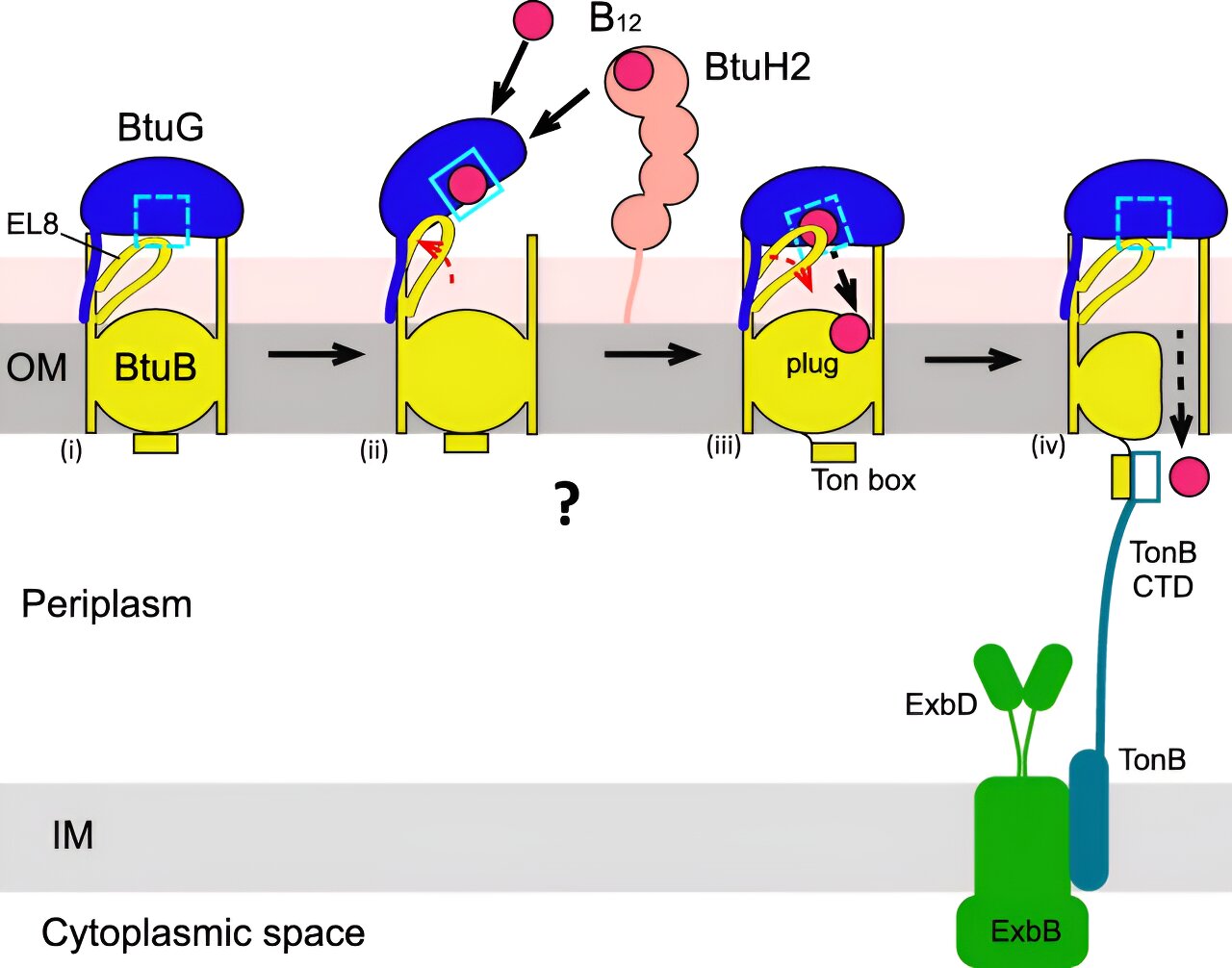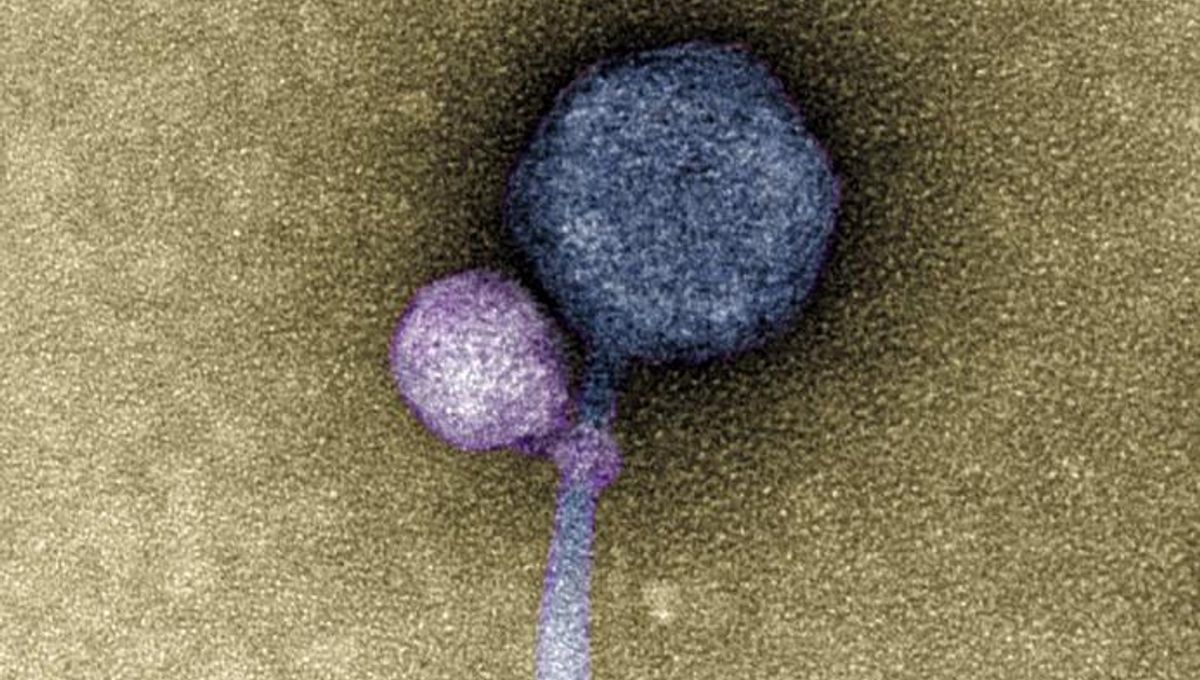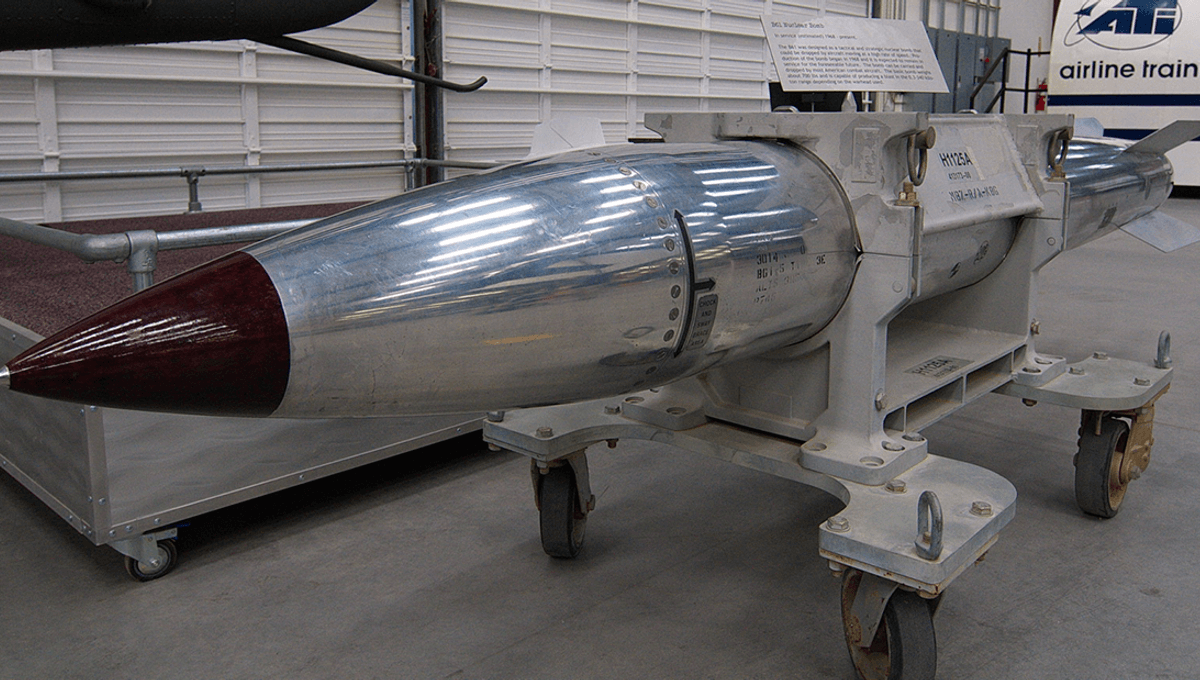A groundbreaking discovery has been made by Dr. Ulrich Kleinekathöfer and his team of scientists at Constructor University in Bremen. They have uncovered the fascinating process by which certain intestinal bacteria absorb vitamin B12. This finding, known as “pedal-bin mechanisms,” has significant implications for human health and the development of antibiotics.
The team’s research, published in the prestigious journal Nature Communications, sheds light on how bacteroides, a type of bacteria in the intestine, are able to absorb vitamin B12. This is crucial because humans cannot produce or absorb B12 on their own. The scientists named this discovery after its resemblance to a pedal mechanism in a bucket; the proteins in the bacteria have a lid that opens when B12 is nearby, allowing it to be taken in before closing again. This mechanism is unique to bacteroides and not found in other bacteria.
Dr. Kleinekathöfer explains, “Our goal was to understand how the vitamin B12 uptake system works. While the human gut microbiome has been linked to various aspects of human health, the process of small molecule absorption by gut bacteria is not well understood.” The team believes that their findings can contribute to the development of antibiotics that are not absorbed by gut bacteria. This is important because intestinal bacteria play a beneficial role in our health, and it is crucial to ensure that they are not harmed by antibiotics. However, further research is needed to determine which proteins in the gut bacteria are responsible for antibiotic absorption.
In the future, this discovery could pave the way for targeted treatments by introducing specific substances into bacteria to combat diseases. Dr. Kleinekathöfer adds, “Our molecular-level simulations helped us interpret the results obtained by our experimental colleagues. A detailed understanding of these processes could be the first step in addressing issues in the gut microbiome.”
The research team focused on studying specific proteins in the bacterium, of which there are three variants. They utilized static crystal structures of these proteins provided by scientists from Newcastle University, who collaborated on this project. Through simulations, the team was able to observe the capture process of B12 by the proteins, simultaneously simulating hundreds of thousands of atoms.
This groundbreaking research opens up new possibilities for understanding the intricate workings of the gut microbiome and developing targeted treatments for various diseases. Dr. Kleinekathöfer and his team have made a significant contribution to the field of theoretical physics and its applications in medicine.








